How often do you think about your feet??
Maybe some more than others, but let’s take a moment to focus on ‘em. After all, our feet help to carry us through the world. They ground us, support us, and help to move us forward in life. Then add in hiking, running, training, or stuffing them into high heels or shoes each day… Man, our feet do a whole lot for us day after day! The feet also influencing movement, function, coordination, and even dysfunction, all the way up through the body.
Upon a quick Google search, here are a few interesting (& mind-blowing) stats about our feet:
The foot & ankle is a complex structure made up of 26 bones, 33 joints, and over 100 muscles, tendons & ligaments. A quarter of the bones in your body are found in your feet!
The average adult will walk almost 75,000 miles over their lifetime, the equivalent of walking around the world THREE times.
In an average day of walking, your feet experience forces totaling hundreds of tons—the equivalent of a fully-loaded cement truck.
Your feet have about 250,000 sweat glands which produce up to half a pint of perspiration each day. There are also approximately 8,000 nerves in the feet—that’s more per square centimeter than any place else on your body.
Unfortunately, it’s estimated that 75% of Americans will experience foot pain at some point during their lifetime.
So, with those stats in mind, how about we explore a few yummy myofascial release (MFR) techniques to help show our feet a little love?! These are nice to do regularly, maybe even daily, and can be done both in the morning to start your day or in the evening to help you wind down, or really anytime during the day that you need a grounding & nourishing MFR break.
For this, you’ll need a therapy ball or a golf ball, tennis ball, bouncy ball, or something similar that you can find around your house or office. And while I’m demonstrating these techniques from standing, know that they could also be done standing + holding onto a railing, seated in a chair, sitting on the floor, or even laying down.
Also, keep in mind that none of these techniques should ever be painful. You might notice some tenderness or discomfort, but be mindful as to not move into pain. And you shouldn’t be significantly sore after, either. Work with those feet instead of against them! MFR can be helpful immediately, as well as long-term, for things like foot pain, soreness, overuse, plantar fasciitis, foot + ankle mobility, enhancing proprioception + balance, and even, potentially, reducing low back pain!
NOURISH YOUR ROOTS:
MFR/ACUPRESSURE SEQUENCE
Aim to spend at least 30-60 seconds in each technique.
ACUPRESSURE FOR KIDNEY 1
I try to begin each morning with some gentle acupressure around the Kidney 1 point — It’s one of my favorites! Stimulating this point is helpful for grounding as it moves energy & awareness from the head and brings it down into the body. I’m by no means an acupuncturist or TCM expert, so if you want to learn a little more about Kidney 1 check out these helpful articles here & here (and support your local acupuncturist!).
HOW TO:
Kidney 1 is located in the center of the foot, roughly 1/3 of the way down, just below the ball of the foot. Bring this point over the ball and imagine your foot melting over it. If you’re standing or sitting you can explore leaning more over the ball to increase compression/sensation, or lean back some to make it a little less intense. Just notice that you’re not mashing your foot onto the ball. If you’re sitting on the ground or laying down, you can explore resting your opposite ankle over your foot to increase compression/sensation.
CROSS-FIBER BALL + HEEL
This technique can be helpful for breaking up adhesions or scar tissue that may be built up from overuse or injury, limiting mobility and efficient movement.
HOW TO:
With your heel resting on the floor, bring the therapy ball underneath the ball of your foot, just below your toes, and explore rocking side-to-side from your big-toe mound to your pinky-toe mound, trying to maintain an even compression (by leaning more over the ball or leaning back some). Then, do this same cross-fibering technique under your heel with your toes resting on the floor.
ROLL FROM TOES TO HEEL
After breaking up the adhesions, I like to think of the rolling as a way to smooth out the tissues and restore a healthy glid. Rolling intentionally, in one direction, is also a helpful way to encourage circulation back up through the leg.
HOW TO:
Maintaining that consistent compression, explore rolling from toes to heel. I like to start by taking a few passes down the center of my foot, then I like to work through the inner (big-toe) edge and the outer (pinky-toe) edge.
LIGHT ‘SCRIBBLE’ OVER SOLE
The light touch of the “scribble” helps to stimulate the flow of lymph which helps to clear out any of the “debris” from the cross-fibering & rolling. The lymphatic system is also an important part of the immune system which supports healthy inflammation and repair/healing.
HOW TO:
Using a really light compression/touch, imagine the ball is a paintbrush and that you’re trying to paint the entire sole of your foot. Use the “scribble” in all directions. If you’re standing, you may also notice your standing foot/ankle working very intelligently to keep you balanced!

